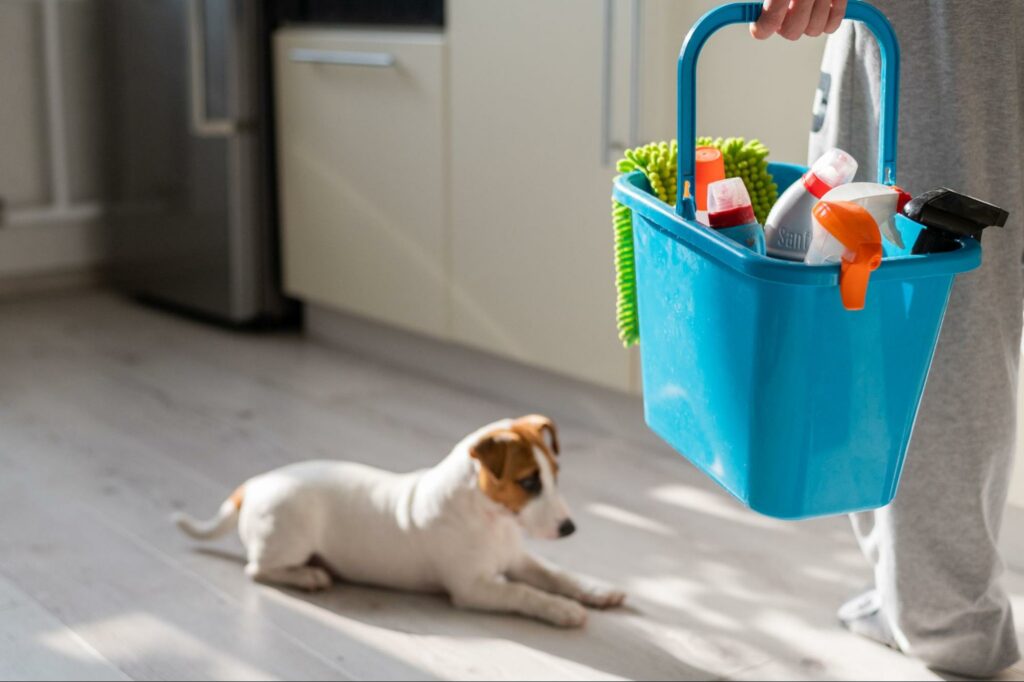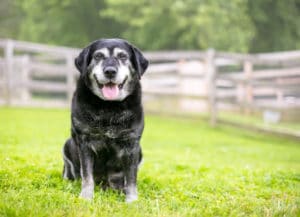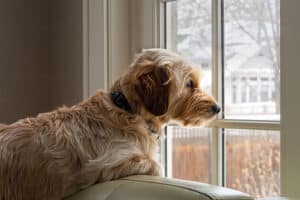Nothing takes a toll on a home’s interior like those repeated doggy cleanups, and the combination of piddles and pawprints will continue to wear away at your home value if you don’t take steps to repel dirt and resist bacteria — and follow up by using helper products to keep things cleaner longer.
If taken together, these measures work so well they could make a house seem as if it’s cleaning itself.

Low-Maintenance Floors and Rugs
Ceramic or porcelain tile is a no-brainer for a floor that feels and looks fresh after just a quick soapy mop-up. But you don’t have to give up rugs if you use the outdoor type indoors. Thom Filicia for Safavieh has designer looks you can hose clean and drip dry.
You can also use FLOR modular carpet tiles and buy extras to swap out if a couple of them get soiled. You can also opt to use indoor-outdoor carpets. These don’t allow dirt or smells to soak in and are easily cleaned with a damp rag.
Deodorize Carpet With White Vinegar
You most likely have a natural secret weapon in your home that can easily remove pet odors from your carpet and upholstery. Fill a spray bottle with water and white vinegar using a 1:1 ratio. Spray the affected area, but do not get it soaking wet. Once the spot dries, you will be surprised at how well the odor has been neutralized.
Keep Dirt At The Door
Dogs track in a crazy amount of dirt and debris when they come in from playing outside. One way to cut back on extra cleaning is to keep a shallow dish and towel by the door and clean your pet’s paws before they come into the house. You can also keep mats inside and outside your doors and train your dog to wait for you to wipe their paws.
Hardwood Floors
Hair and dirt from your pup can collect in the cracks of your hardwood floors, and cleaning between them might seem like an impossible task. One way to get in that hard-to-reach area is to wrap a baby wipe around the tip of a skewer and use that to access the nooks and crannies that become dirt traps.
Impervious Upholstery
Borrow a trick from the hotel industry and only buy pretreated upholstered furniture. Most fabrics can be treated to repel water, resist stains, and block out bacteria that cause odor. Furnishings that have already been protected often wear labels from DuPont or Crypton.
Another super-fast helper? Sofa and chair slipcovers. They come in many colors or patterns, and some are lined with protective rubber undersides. They don’t always look like the ones grandma used, so you can rest assured that slipcovers won’t ruin your decor.
Germ-Free Countertops
Bacteria-resistant surfaces include recycled glass, quartz, stainless steel, and solid surfacing made from plastic polymers (the best-known is Corian).
If you’re like many dog owners who devote parts of their countertops to dog food prep or grooming, you should have counters made of these nonporous, antimicrobial materials, which require only a soapy wipe to stay clean.
Soft, porous counters made with marble, wood, or some granite may look great, but they require constant resealing to stay hygienic — and that means even more work for dog owners. Remember, the surface you brush your dog on is the same you prep your dinner. Choosing a counter that does not absorb or retain bacteria and germs will ensure the safety of your family and your pup.
Cleaning Your Countertops
Some cleaners can be toxic to pets, so you will need to double-check the brand you like to ensure complete safety for your four-legged friends. You can always use a natural product such as baking soda or vinegar. Even though your pet might not be climbing on your countertops after you spray a cleaner, the particles can travel through the air and affect your puppy just the same. Please take time to look at your cleaning products and think about how the ingredients could potentially harm your furry friend.
Filtered Air is Clean Air
Just like a filter for your vacuum, you can get air filters for the whole house. Install a powerful filter on your furnace to clean indoor air of particles smaller than the thickness of a strand of hair. These filters can also help family members who struggle with animal allergies.
Switching out the filters is essential to keeping the air in your home clean. Check with the manufacturer of your filters to learn how often the filter will need to be swapped out. Keep in mind that for dogs who shed an excessive amount of fur, you will need to switch out filters more frequently.
Types of Filters
There is no shortage of options for air filtration systems for your home. Thankfully, you don’t need to be an expert on all the types available, but it would be a good idea to have a general idea of your options so you can purchase the best one to suit your family’s needs.
If you or a family member struggle with a particular allergy, consulting with your doctor might be a good idea to find the most appropriate filter system. Filters make sure you and your pooch can breathe clean air, and using filters can keep your home cleaner.
Air filters are ranked by their minimum efficiency reporting value (MERV), which measures how effectively they filter airborne contaminants. Higher ratings mean that the system is better at catching allergens. A word of caution is that higher MERV ratings will cause your HVAC system to work harder, so it is best to consult with your provider to determine the best option for your home.
Electrostatic Filter
You can add an electrostatic filter, which doesn’t need replacing for up to fifteen years and removes 94% of particles — including pet dander, dust mites, and synthetic fibers.
Disposable Filters
For mild allergies, you can start with a disposable filter that you can purchase from your local hardware store. These filters typically need to be changed once a month.
HEPA Filter
Otherwise known as High-Efficiency Particulate Air filters, HEPA filters are designed to remove harmful particles that are 0.3 micrometers or larger.
Vacuum Power
Wherever there’s pet hair, there will be vacuuming. If you ensure that the following features are present in a single vacuum, you’ll get the job done in fewer passes. Your vacuum should have:
- Upright canister for carpeting
- HEPA filter (replaced frequently)
- Strong suction, regardless of claims of horsepower, watts, or amps, which are measures of electrical current, not pickup
Collars, Leashes & Toys
These items are often overlooked but can carry foul odor, dirt, and germs if not properly cleaned. Collars and leashes in particular tend to develop a bad smell in a short amount of time.
If you have a dishwasher, you can use it to clean toys and collars quickly. For a deeper clean, put dog shampoo into a bowl of hot water and soak toys and collars for at least 30 minutes. After they have soaked, rinse with cool water and allow them to air dry.
Taking the time to deep clean these items will make a difference in how your home smells. Before you tackle cleaning, take the time to read labels to ensure you are using products correctly.
Pet Beds
When selecting a ped bed, one that has a removable cover is your best option. You can use regular detergent to wash pet bed covers. Make sure to select the hot water setting. Adding a cup of baking soda to the washer can also improve the cleaning and odor removal process.










